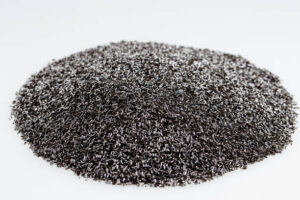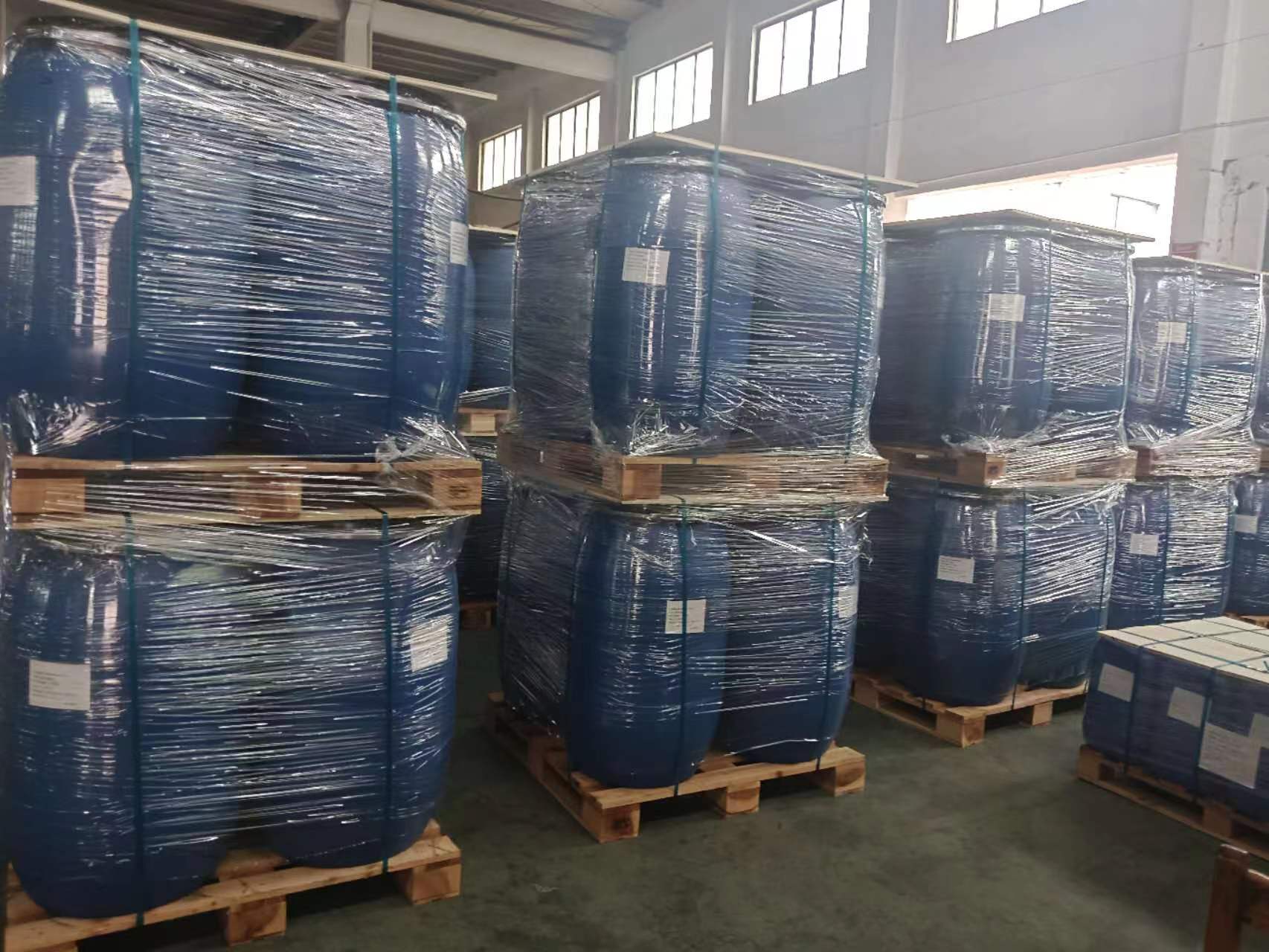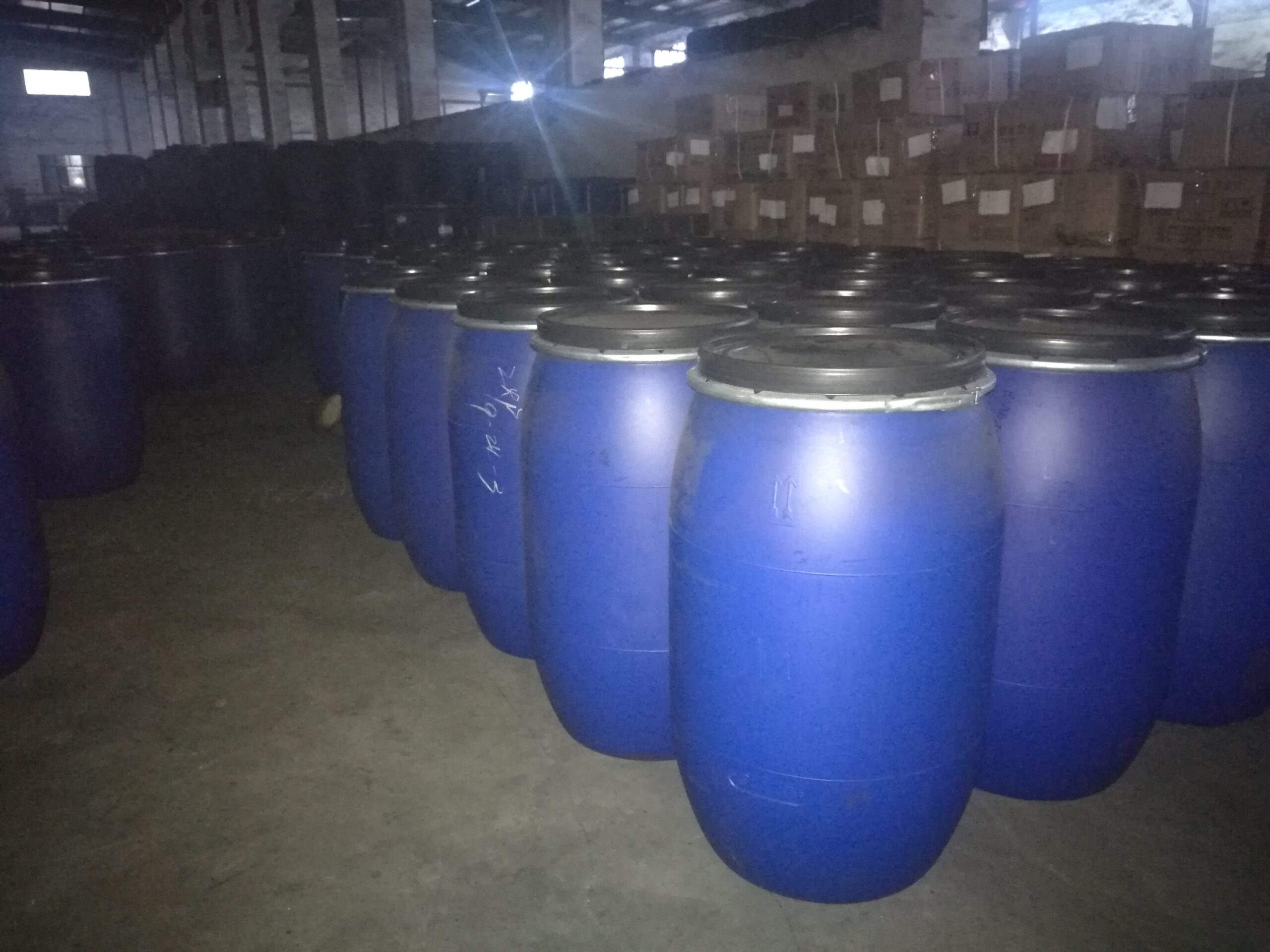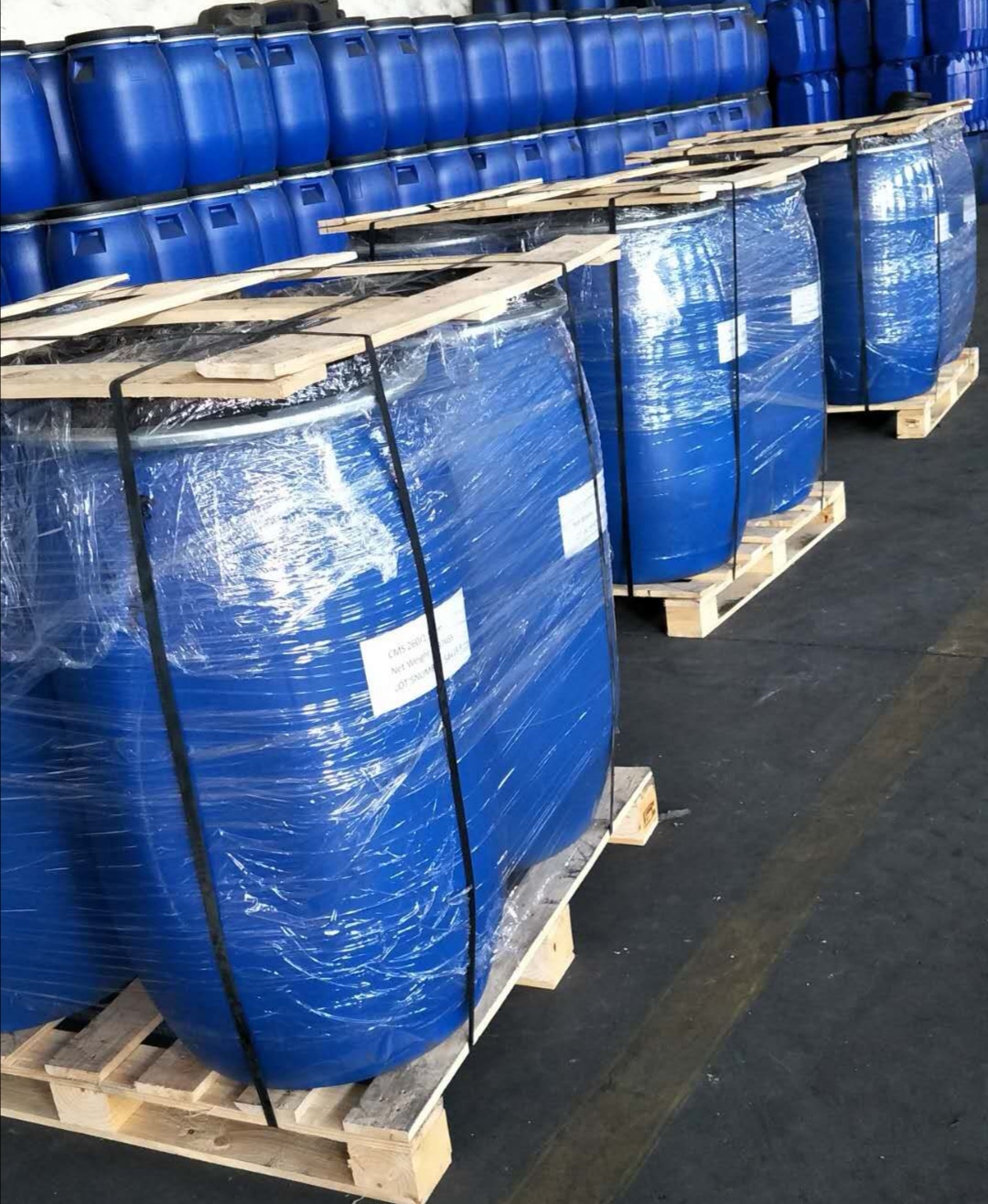Common causes of insufficient flow in nitrogen generators and how to increase the nitrogen output of PSA nitrogen generators?
一、Firstly, to understand the problem of insufficient flow in nitrogen generators, we need to start from the working principle and structure of the nitrogen generator. Nitrogen generators mainly extract nitrogen from the air through air separation technologies such as pressure swing adsorption (PSA) or membrane separation. These technologies rely on efficient compression systems, adsorbents, or separation membranes to purify and separate nitrogen.
One common issue is insufficient pressure in the compressed air system. Nitrogen generators typically require a certain intake pressure to ensure continuous nitrogen production. If the compressor performs poorly or is not properly maintained, it may result in intake pressure lower than the normal level, thereby affecting the nitrogen output and flow.
In addition, the aging or contamination of adsorbents is also a significant factor contributing to insufficient flow. In PSA nitrogen generators, adsorbents are used to adsorb oxygen and other impurities in the air. Over time, the performance of the adsorbents gradually declines, directly affecting the nitrogen yield and purity.
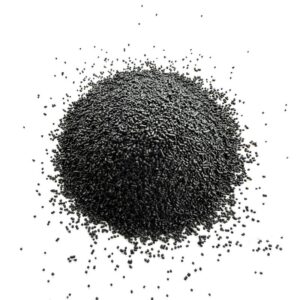
二、To increase the nitrogen output of a PSA nitrogen generator, several approaches can be taken:
1. Optimizing the performance of the adsorbent is crucial. Ensure that the selected adsorbent has a high adsorption capacity and good selectivity. High-quality carbon molecular sieves can more efficiently adsorb impurity gases such as oxygen, releasing more nitrogen. Regularly inspect the adsorbent’s condition and replace it promptly if it shows signs of aging or powdering to maintain its adsorption capacity and thereby increase nitrogen output.
2. Maintenance of the adsorbent is key. Regular replacement or regeneration of the adsorbent is essential. In a PSA nitrogen generator, using high-quality adsorbents and following the manufacturer’s recommendations for replacement can significantly enhance nitrogen output and flow. In some cases, professional regeneration services can restore the adsorbent’s performance and extend its lifespan.
3. Adjusting process parameters is also important. Properly controlling the adsorption pressure, with an appropriate increase in pressure, can enhance the adsorption effect. However, this should be done within the safe pressure range of the equipment. Precisely controlling the adsorption and regeneration times ensures that the adsorption process is thorough and the regeneration process effectively restores the adsorbent’s activity, enabling the system to operate efficiently and produce more nitrogen.
4. Ensuring the quality of the incoming air is crucial. Pre-treating the air entering the nitrogen generator to remove moisture, oil, particles, and other impurities is essential. This prevents impurities from affecting the adsorbent’s efficiency, allowing it to focus on adsorbing and separating oxygen, thereby increasing nitrogen output.
5. Regular maintenance and inspection of the equipment are indispensable. Regular maintenance and inspection of the compressed air system are necessary. Users of nitrogen generators should regularly check the compressor and related gas treatment equipment to ensure all seals are intact and there are no leaks. Replacing or repairing worn parts, such as valves and compressor pistons, is also an important measure to maintain system pressure stability.
6. Reducing energy consumption: Improving equipment structure and optimizing the control system can reduce the energy consumption of the PSA nitrogen generator and enhance operational efficiency.
7. Intelligent control: Adopting advanced intelligent control systems enables the automated operation and remote monitoring of PSA nitrogen generators, improving the stability and reliability of the equipment.
8. System upgrade and optimization
If regular maintenance and daily checks fail to resolve the issue of insufficient flow, it may be necessary to consider upgrading or optimizing the system. For example, installing more efficient compressors or using new types of adsorbents can improve the overall performance and efficiency of the system.
In addition, optimizing the control system of the nitrogen generator is also an effective solution. Modern nitrogen generators are typically equipped with advanced intelligent control systems that can adjust nitrogen output and flow based on actual usage requirements. By optimizing these systems, the nitrogen generator can operate automatically and be remotely monitored, enhancing the stability and reliability of the equipment and allowing for more precise control of its operation, thereby increasing nitrogen production and economic efficiency.

In conclusion, insufficient flow in a nitrogen generator is a complex issue involving multiple factors. Through regular maintenance and inspection, timely replacement of adsorbents, and timely system upgrades and optimizations, this problem can be effectively addressed. As users, understanding and mastering these basic maintenance and response strategies will help improve the operational efficiency of the nitrogen generator and the stability of the production line. For any specific issues, collaborating with the professional technical support team of the equipment manufacturer to seek professional advice and services is also an important means to ensure the equipment operates at its best.
For any questions regarding nitrogen generators, please contact us at sales@aimrise.com.
